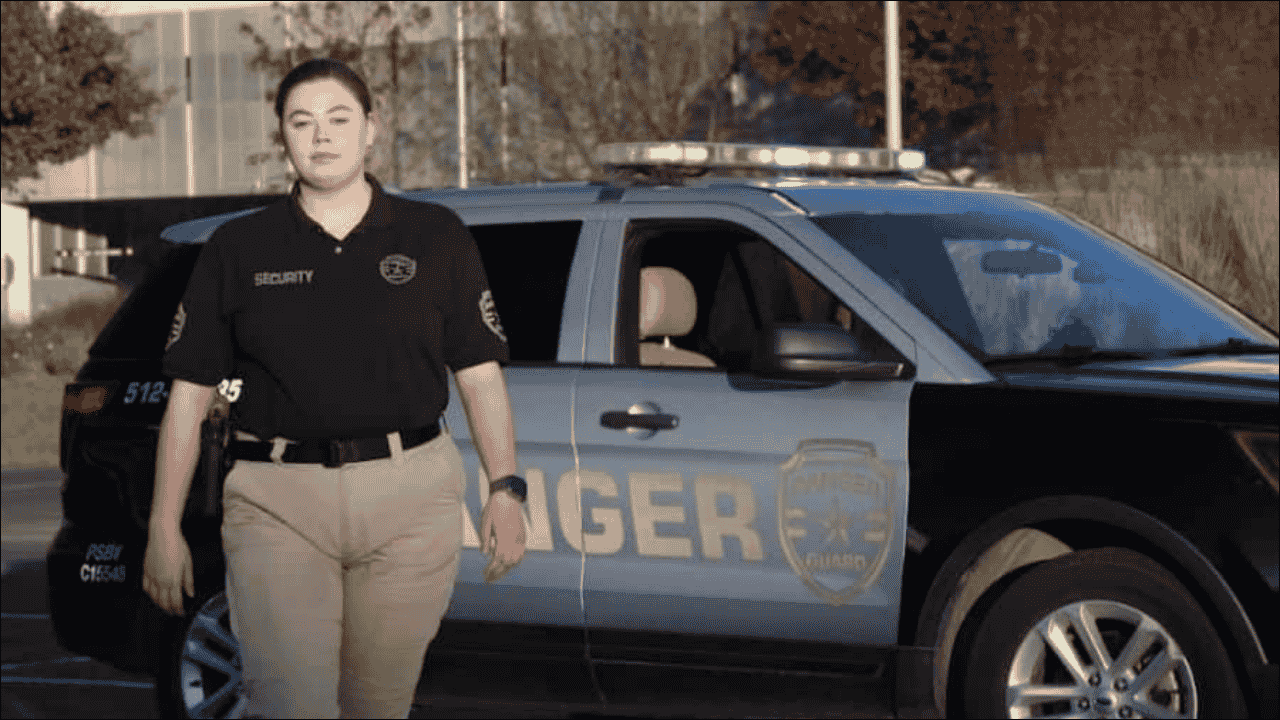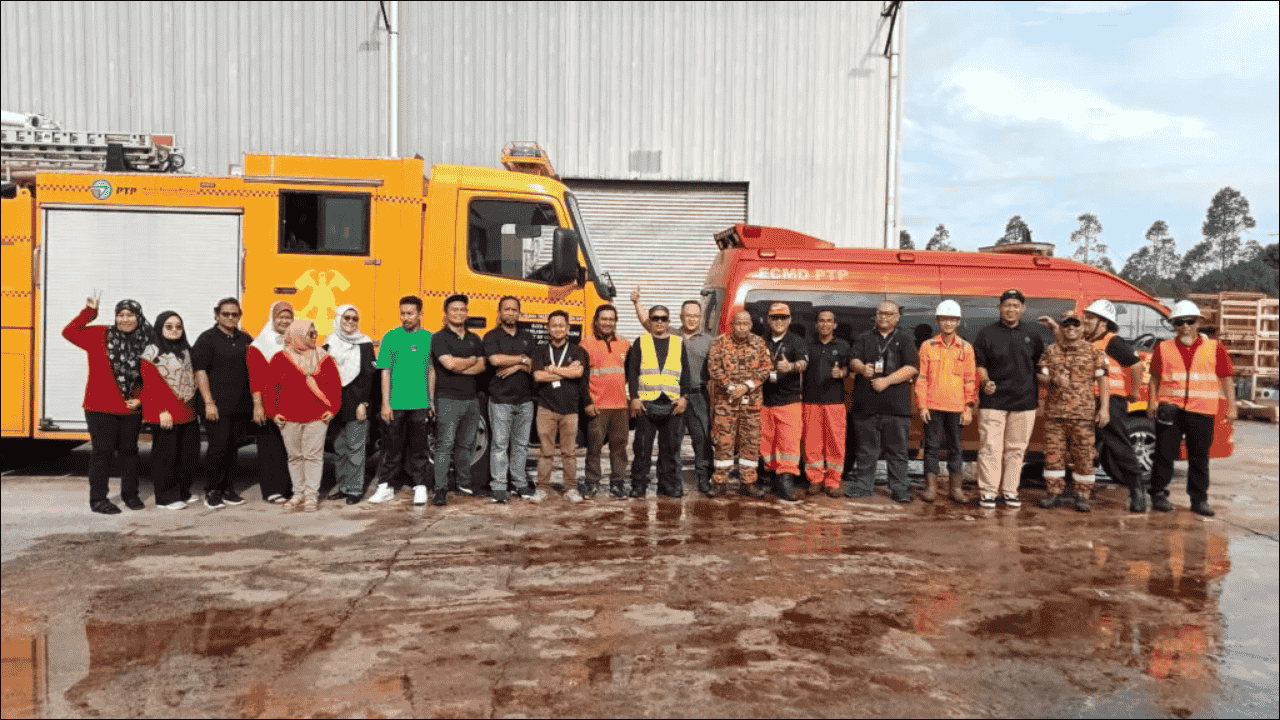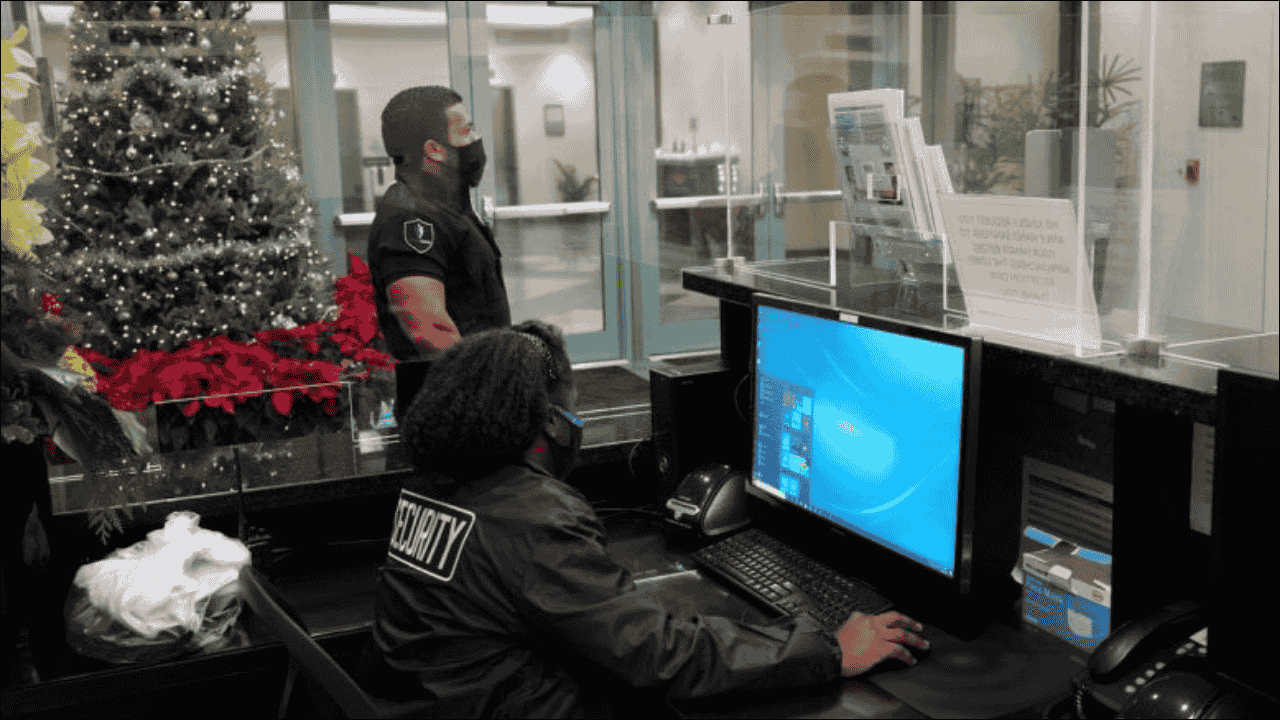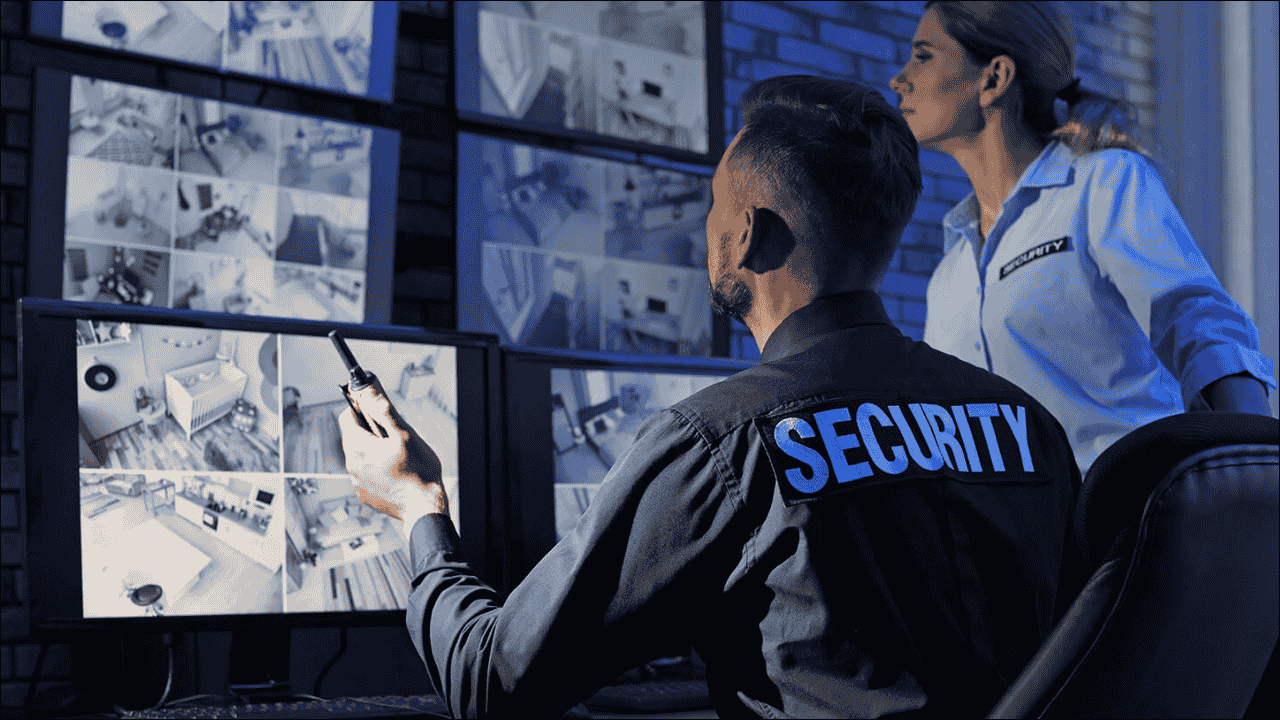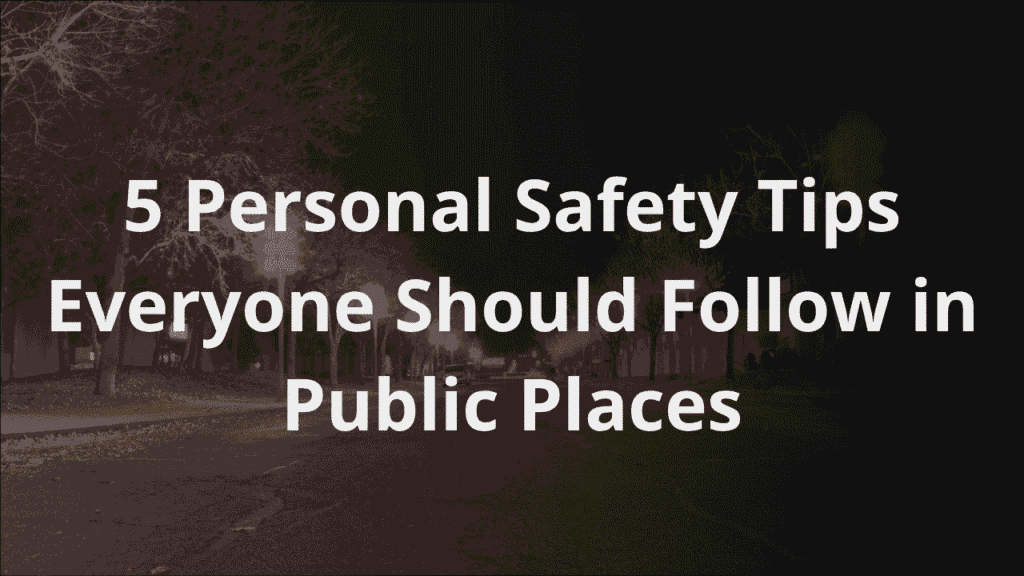
Staying safe in public places is something everyone should take seriously. Crowded streets, public transport, shopping malls, and events come with different safety challenges. Personal safety is not just about being alert but also about taking small yet smart steps to avoid danger. Being aware of surroundings, protecting personal belongings, and preparing for unexpected situations can prevent most problems. Below are five effective personal safety tips that are practical, simple, and helpful for all age groups.
Table of Contents
1. Awareness of Surroundings
Being aware of what is happening around you is the first and most important rule of safety.
- Avoid distractions
Mobile phones, headphones, or deep conversations can make people miss signs of danger. - Observe people and movements
Suspicious behavior, following footsteps, or unnecessary closeness should raise an alert. - Scan exits and safe spots
Locations like security desks, stores, and exits must be noted upon arrival. - Keep your head up
Confident body language often discourages criminals. - Trust your instincts
Uneasy feelings should not be ignored, especially in unfamiliar areas.
| What to Observe | Why It Matters |
|---|---|
| Exits and escape routes | To quickly leave during emergencies |
| Suspicious behaviors | To avoid risky interactions |
| Emergency services | To get help quickly if needed |
2. Protection of Personal Belongings
Loss of money, cards, and identification can cause stress and danger.
- Carry only essentials
Large amounts of cash or multiple valuables attract thieves. - Use anti-theft bags or zippers
Backpacks with hidden compartments or chest-facing bags add security. - Keep belongings close
Bags should stay in front of the body in crowded places like buses or trains. - Never share PINs or passwords
Digital safety is just as important as physical safety. - Mark important documents
Writing initials or placing discreet marks can help identify stolen items.
| Belongings | Safety Tip |
|---|---|
| Wallets | Keep in front pockets |
| Phones | Use lock screens and tracking apps |
| Bags | Choose zippered, cross-body designs |
| ID and bank cards | Avoid carrying all in one place |
3. Smart Travel Planning
Going somewhere new or busy requires planning and backup options.
- Share location with a trusted person
Friends or family should know your plans and location. - Use only trusted transport services
Authorized taxis, buses, or ride apps are safer than random options. - Check reviews of unknown places
Hotels, shops, and service providers should be verified online. - Avoid late-night walks alone
Darkness reduces visibility and increases risks. - Carry emergency contacts
Numbers of police, hospitals, and trusted people should be saved.
| Planning Step | Benefit |
|---|---|
| Informing someone | Immediate help in case of trouble |
| Using safe transport | Lower chances of scams or harassment |
| Avoiding late travel | Better chances of staying secure |
| Carrying essentials | Useful in emergencies |
4. Self-Defence Knowledge and Tools
A little preparation can make a big difference in unsafe situations.
- Learn basic self-defence techniques
Simple moves to break holds or push attackers away can save lives. - Carry safety tools
Pepper spray, keychain alarms, or whistles are easy to use. - Keep tools reachable
Safety items in bags are useless if not accessible in seconds. - Practice using tools
Confidence comes from knowing how and when to use them. - Stay calm in stressful moments
Panic reduces thinking ability and response time.
| Self-Defence Tool | Usage Purpose |
|---|---|
| Pepper spray | To create distance from the attacker |
| Safety whistle | To alert others in the area |
| Personal alarm keychain | To distract the attacker and gain attention |
| Flashlight | To see clearly in dark or hidden places |
5. Respect for Public Rules and Boundaries
Rules and signs are not just for order but also protection.
- Follow signs and signals
Traffic signs, CCTV notices, or danger warnings should never be ignored. - Avoid restricted areas
These are often risky zones, like construction sites or staff-only places. - Stay in well-lit areas
Light reduces crime chances and improves visibility. - Do not accept help from strangers
Polite refusal is safer than a dangerous mistake. - Report suspicious activity
Alerting authorities may prevent harm to others as well.
| Public Rule | Safety Benefit |
|---|---|
| Following instructions | Keeps everyone safe and aware |
| Avoiding strangers’ help | Reduces chances of being tricked or robbed |
| Staying in lighted places | Makes attacks less likely |
| Respecting barriers | Prevents injuries or legal trouble |
Closing Reflections
Personal safety starts with small daily habits that create strong protection in public places. Awareness, preparedness, and respect for basic rules reduce most risks. Everyone—from school students to senior citizens—can follow these five simple tips to move confidently and safely in crowded or unfamiliar environments. Safety does not require fear; it only needs awareness and action.


